Physical Address
304 North Cardinal St.
Dorchester Center, MA 02124
Physical Address
304 North Cardinal St.
Dorchester Center, MA 02124
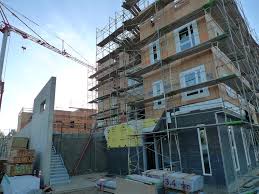
If you restrict the supply of housing, other things equal, what will happen to the price? That’s not a trick question. Any competent Econ 101 student would answer correctly that the price will rise. One reporter for the Washington Post gets it. In a hopeful sign of spreading economic literacy, Emily Badger writes: In tight markets, poor and middle-class households are forced to compete with each other for scarce homes. And so new market-rate housing eases that competition, even if the poor aren’t the ones living in it. Over time, new housing also filters down to the more affordable supply, because housing becomes less desirable as it ages. That means the luxury housing we’re building today will contribute to the middle-class supply 30 years from now; it means today’s middle-class housing was luxury housing 30 years ago. Typical critics of soaring housing prices have a much harder time grasping this. They don’t see that zoning rules and restrictions meant to make urban life more “livable” (often for the well-established homeowner) reduce supply and put strong upward pressure on prices. Minimum lot sizes, maximum density restrictions, minimum parking requirements, and so on all contribute to reducing the supply. And it raises prices not only for the wealthy, but also for middle- and lower- income families, as well. Instead, they think that new construction of market-rate housing is somehow the source of the problem, rather than a solution. (Emily Washington and I recently published a useful summary of the literature on the regressive effects of land-use regulation.) Ever wonder how ordinary people could afford to live in major cities before there were rent controls and land-use regulations? Builders built wherever it was the most profitable. The middle-incomers didn’t have to compete with the wealthy for middle-income housing, and the poor then didn’t have to compete with the middle-incomers for low-priced […]
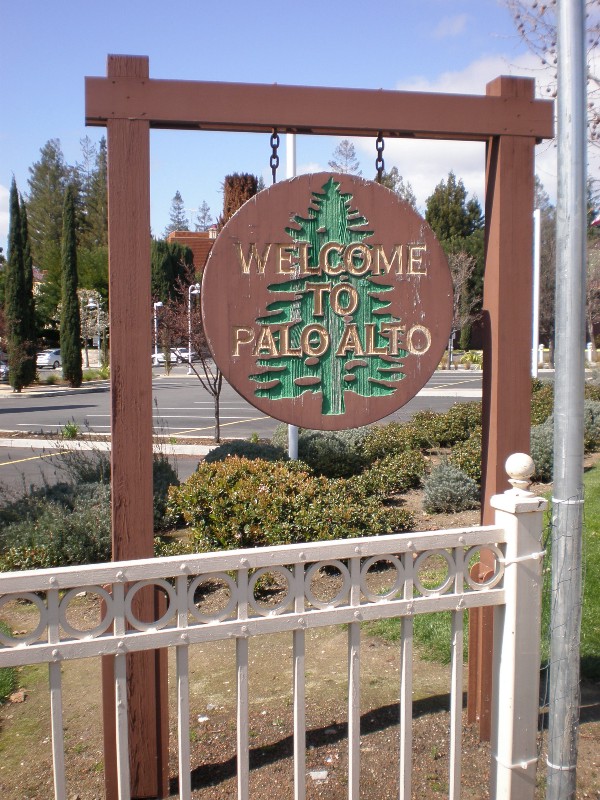
Co-authored by Tony Albert and Jeff Fong SF Curbed recently sat down with Patrick Burt, Mayor of Palo Alto, to get his response to the high profile resignation of Kate Vershov Downing. Downing, of course, was the Palo Alto Planning Commissioner who publicly announced that she will move her family from the city because of high housing prices. Mayor Burt’s response illustrates a complete failure to accept either the nature or the cause of our housing crisis. And were we not so desensitized to this type of thinking here in the Bay Area, it would be hard to distinguish his comments from satire. Too Many…Jobs? Mayor Burt’s first, and perhaps most bizarre, assertion is that Palo Alto’s problem is job growth—both within the city as well as within its Peninsula neighbors. And that part of the solution must be to slow down or displace new job creation. Take a minute and let that sink in. An elected government official is calling out job growth as a problem, and advocating for policies to slow it down. Mayor Burt says that… we’re in a region that’s had extremely high job growth at a rate that is just not sustainable if we’re going to keep [Palo Alto] similar to what it’s been historically. Of course we know that the community is going to evolve. But we don’t want it to be a radical departure. We don’t want to turn into Manhattan. Job growth increases housing demand, and if housing supply increases more slowly than housing demand, housing prices rise to make up the difference. Mayor Burt is willing to admit that housing prices are too high, but actively rejects the idea that Palo Alto needs to significantly intensify land use with town homes or multi-family apartments. This leaves him backed into the absurd corner of addressing […]
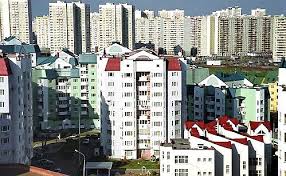
[Editors note: Sandy Ikeda was an original Market Urbanism writer and is now a regular columnist for the Foundation for Economic Education, or FEE.org. FEE has offered republishing rights, so Sandy’s past work will be appearing here every Tuesday at 10am eastern time] People sometimes argue that we need substantial housing subsidies in some very expensive cities because “the cost of building new housing is greater than what most people can afford.” It’s certainly true that families earning low or moderate incomes have a hard time buying or renting brand-new housing. But that’s not only the case today; it’s been true throughout the history of civilization, from Uruk to New York. The ABCs of Housing The housing market is subject to the same forces of supply and demand as any other market, although of course there are things that distinguish it from, say, the market for fast-food. For instance, unlike a hamburger, a house is durable: it’s not consumed all at once. It also depreciates: the average house in the United States, for example, has a useful life of about forty to sixty years before major renovations become necessary. Let’s say there are 3 categories of housing – A, luxury housing; B, middle-income housing; and C, low-income housing – and that houses are continuously built, age, and wear down. In the real world there are of course many more than 3 categories but let’s assume for simplicity that there are only these three. Now, this is very much like the market for automobiles, which are also durable. In the new-car market you have at the high-end the Mercedes S-Class Sedan, while at the low-end the Ford Fiesta, and in the middle there’s the Honda Accord. And within each category there’s an array of prices depending on initial quality, age, and […]

Everybody in LA can agree on one thing – traffic blows hard. Harder, even, than these guys: Hate traffic? Blame parking. But here’s a secret: people don’t cause traffic. Cars do. And you know what makes people use cars? Parking. If you’ve got nowhere to put your car when you arrive, you aren’t going to drive, and you aren’t going to contribute to traffic. Research has shown that for every 10% increase in parking, 7.7% more people commute with a car. Hate high rent? Blame parking. That’s a bad start. But it gets worse. Parking is also driving up your rent. Building parking spaces is incredibly expensive – each underground parking spot in LA costs about $35,000. Even if your unit includes “free” parking, you’re paying for the cost of that parking in your rent every month, whether you want to or not. Parking is cheaper to build above ground (if you can call $27,000 cheap), but then it takes up valuable space for apartments. All those dollar signs have an impact–UCLA professor Donald Shoup has calculated that requiring parking reduces the number of units in new apartment buildings by 13%. But parking is even more insidious than that. Often, when a new housing project is proposed, one of the first things that angry people (NIMBYs) yell about is traffic. Sometimes, those NIMBYs successfully stop housing from being built, and we desperately need all the housing we can get to contain our skyrocketing rents. Then why the hell do we require all new buildings to include so much parking? You’d think, then, that developers might stop providing parking. But they can’t, because we did something really, really dumb. We’ve created a system that requires parking to be provided with all new projects. For an apartment […]

A decade or two ago, a traveler who wished to stay in a city temporarily had no alternative to a hotel. Even if the owner of a house or condominium wished to rent out a room for a short period of time, the costs of advertising in a newspaper would have at least partially canceled out the financial benefits from renting. But the Internet has made home-sharing much more economical, through websites like Airbnb.com. At first glance, the home-sharing industry seems highly beneficial: guests get a cheaper and/or more exotic vacation, home-sharing hosts get extra money to pay off mortgages, and their neighborhoods benefit from tourist revenue. Nevertheless, NIMBYs have attacked home-sharing. One major argument is that home-sharing creates negative externalities. For example, a recent law review article(1) notes that some neighborhood activists in Silver Lake (a trendy Los Angeles neighborhood) sought to exclude home-sharing from their neighborhood on the ground that shared homes are “hotel-like room rentals” and such a “commercial use [causes] the noise and traffic levels of the area [to] increase as a result of people coming and going, and the transient nature of the establishment can increase the crime rate.” As a result of these problems, home-sharing “brings nuisances to residential areas, thereby lowering the value of all homes in the neighborhood.” In other words, the “externalities” argument rests on the following chain of logic: Assumption 1: Home-sharing, as a commercial use, is no different from hotels. Assumption 2: Commercial uses bring down property values. Conclusion: Home-sharing brings down property values. But none of these claims has significant factual support. First, home-sharing is somewhat different from a large hotel. An individual hotel might have hundreds or thousands of guests on one block. By contrast, home-shares tend to be spread out over a much larger space, […]
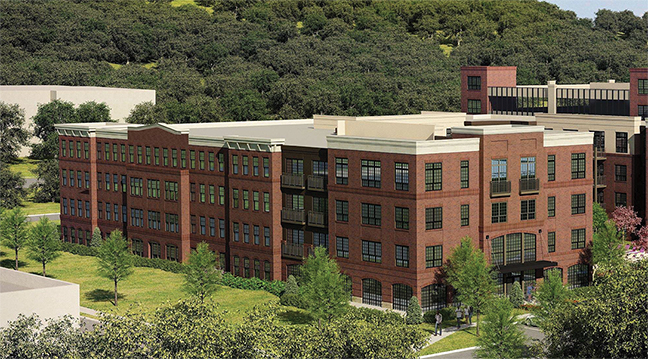
A problem that pro-housing YIMBYs face in communities nationwide is that the NIMBYs opposing them are much better organized. The reason boils down to the classic problem of concentrated costs and dispersed benefits: the beneficiaries of new housing are scattered, while those who benefit from a housing shortage–and thus higher prices–are concentrated. These organizational skills enable NIMBYs to dominate the discussion, something evident after the recent rejection of a development project in Ardsley, New York. The Jefferson Development Group wanted to build the Saw Mill River project, a development that would include 272 apartments in downtown Ardsley on land now owned by the chemical company Akzo Nobel. During a February hearing for the development, 30 people spoke against it while none spoke in favor. A petition against the project got 1,300 signatures, and houses and streets were adorned with signs reading “STOP THE JEFFERSON.” A blog with that title was also made. As a consequence, Akzo Nobel cancelled its contract to sell the property to Jefferson because they lost confidence that the property would be rezoned from industrial to mixed-use commercial and residential. One complaint was that the project would cause excess traffic. Ardsley, which is an affluent suburb just north of The Bronx, has narrow roads compared to other suburbs in Westchester County. Local developer and placemaker Padriac Steinschneider noted that traffic lights retard the flow of automobiles. The pre-programmed delays impede people, but they do not improve safety because drivers rely on the color of the light more than their own senses. He suggested that replacing traffic lights with stop signs, which force drivers to be alert, would speed traffic in Ardsley. He also discussed how Addyman Square, a towncenter featuring several restaurants and shops, could be made more pedestrian friendly if it was redesigned as a roundabout, […]
This month marks the 100th anniversary of two pieces of legislation that revolutionized the way we live. On July 11, 1916, President Woodrow Wilson signed the first Federal Aid Road Bill. And on July 25, 1916–exactly 100 years ago today–New York City passed the country’s first comprehensive zoning ordinance. Prior to 1916, transportation infrastructure was primarily a local and/or private responsibility. For example, cities leased their rights-of-way to trolley companies, which operated transit lines. Railroad companies provided travel service between cities. The 1916 Federal Road Bill was the first step in nationalizing transportation infrastructure funding, with the state highway departments formed to manage federal appropriations for roads. These two pieces of legislation produced radical change, as government favoritism of automotive infrastructure crowded out other transportation modes and undermined innovation. In the century prior to 1916, entrepreneurs invented steam ferries, trains, bicycles, trolleys, and automobiles. Such advances ceased after 1916. Yes, today’s cars are more comfortable and powerful, but they have the same steering wheel, four tires, and internal combustion engine as the Model-T Henry Ford was building 100 years ago. As for roads, the main difference is they are bigger. Unable to compete with government favored automobiles, Charleston’s last private ferry operator closed shop in 1930. Its trolley lines, which carried 20 million passengers/year (compared with CARTA’s 5 million/year) stopped running in 1937. Zoning is segregation – not only of land uses deemed incompatible, but of people deemed “undesirable.” Progressives behind New York City’s 1916 zoning ordinance regarded immigrants moving into northern cities from Europe and the South as “undesirable.” In 1921, then U.S. Secretary of Commerce Herbert Hoover tapped Edward Bassett, the leading advocate of New York City’s 1916 zoning, to create a model zoning ordinance. Engineer Morris Knowles also served on this committee. In its 1926 landmark decision in Euclid v. […]
Tech for Housing was founded to organize Bay Area tech workers around supply friendly land use reform. Tony Albert, Joey Hiller and myself, all saw an unmet need for tech-centric political outreach and decided to try our luck. And as tech workers ourselves, we had certain ideas around the best ways to self-organize and why that organization hadn’t really happened to date. One problem with mobilizing Bay Area tech, we realized, is that many of us spend 50-60 hours a week at work. For those of us that weren’t already passionate about land use issues (yes, I’m aware I just used the terms ‘passionate’ and ‘land use’ in the same sentence), spending significant time and energy to understand, let alone act on, reform is asking a lot. We also noted that tech workers are, to varying degrees, transplants. Consequently, the existing political infrastructure that’s not too great at mobilizing tech workers generally is even less effective at activating recent arrivals who might not even be registered to vote in their new jurisdiction. After thinking through these and other reasons that we in tech remain politically apathetic, we realized the challenge was to dramatically increase the perceived benefit and decrease the perceived cost of political participation. To that end, we’ve started with tech focused content on housing policy, explaining at a high level 1) what’s broken, 2) why it’s broken and 3) what can be done about it. A lot of what’s happening at this stage is attracting the other workers in our industry who are already wonky enough to have read How Burrowing Owls Lead to Vomiting Anarchists two or three times. And after developing that core audience, providing them ways to activate our less engaged colleagues via various forms of social signaling. There’ll only ever be a certain number of people […]
Commercialism is blamed for most of the evils that plague society, inside and out of India. In the Indian city of Coimbatore, roads have become narrower and traffic more intense. There is not enough space for pedestrians. Many residents blame the city’s rising level of commercialization. Are these people correct? If they were, the world’s most commercial cities would be the least livable. But anyone with a modicum of education or travel experience knows this is not true. The cities with the most economic freedom, commercial enterprise and prosperity–think Hong Kong, Singapore, London, Sydney and Vancouver–also have the highest living standards. Similar studies show that the cities with the lowest living standards, meanwhile, are in countries that are developing, or that are suffering under repressive, anti-capitalist regimes (think Caracas, Venezuela, the world’s most dangerous city). Nevertheless, it is clear that the most commercialized Indian cities have become less livable in some important ways, such as by suffering from more congestion. So, what is going on? It is true that people migrate to cities with more commercial enterprise. It may seem that such “crowding” is unpleasant. But people are migrating to these cities precisely because there are more shops, hospitals, schools, leisure spaces and other amenities. The fact that there is already a heavy concentration of people in these cities is an important factor also, since that means there are more potential employers and business associates. Alas, the existence of people somewhere lures yet more people. Indeed, it is hard to think of a neighborhood where real estate prices have significantly fallen because of population growth. Such neighborhoods may have become more crowded…but that does not mean they are less livable. Moreover, vast population growth and crowding are not the same. Population density is defined as the number of people living on […]
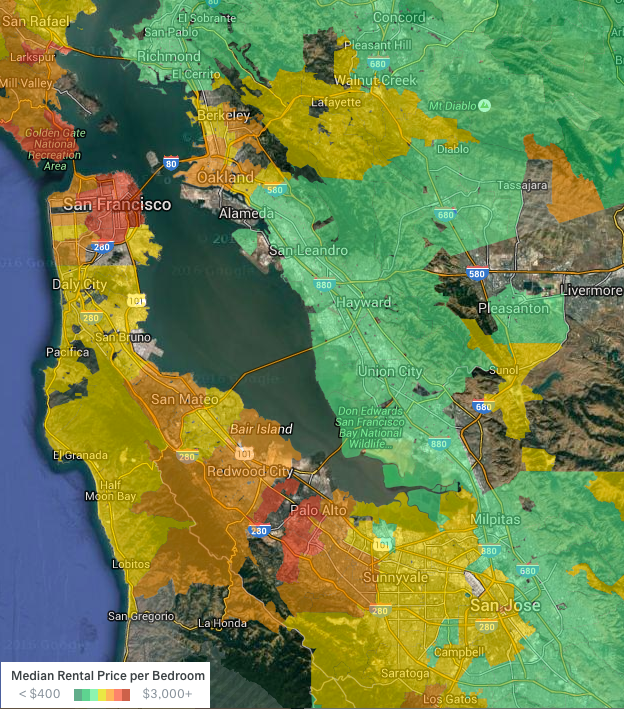
[Editor’s note–this is the inaugural article for a new blog that Jeff launched called Tech For Housing, where tech workers advocate for more housing in the Bay Area.] San Francisco–For decades, every city in the Bay Area has restricted housing production. And for decades, the Bay Area has gone deeper into housing debt. People and money continue streaming into the region, cities rarely allow new housing, and prices continue to rise. This hurts every industry in the Bay Area, and tech is no exception. The housing market steals money straight out of our pockets and, if we stay the current course, will rob us of the better version of ourselves we need more time to become. How Housing Robs Us Blind Housing in San Francisco costs 73% more than in Austin, 53% more than in Seattle, and 36% more than in Los Angeles. And figures for many of the Peninsula Cities are even worse. After accounting for cost of living, our real incomes in Bay Area tech are often lower than those of our colleagues in less expensive locales simply by virtue of housing costs. Obviously, this is bad for us as employees, but it hurts founders and investors as well. The higher housing prices climb, the more founders have to pay employees to provide for the same standard of living. And the higher labor costs become, the more money founders have to raise from investors, meaning more capital gets tied up funding the same amount of work. All this adds up to tech, as an industry, paying more and more to stay in the Bay Area for zero added benefit. Median Rental Price per Bedroom Source: Trulia But there’s more at stake than just burn rates and take-home pay. As it stands, housing prices are a millstone around our […]